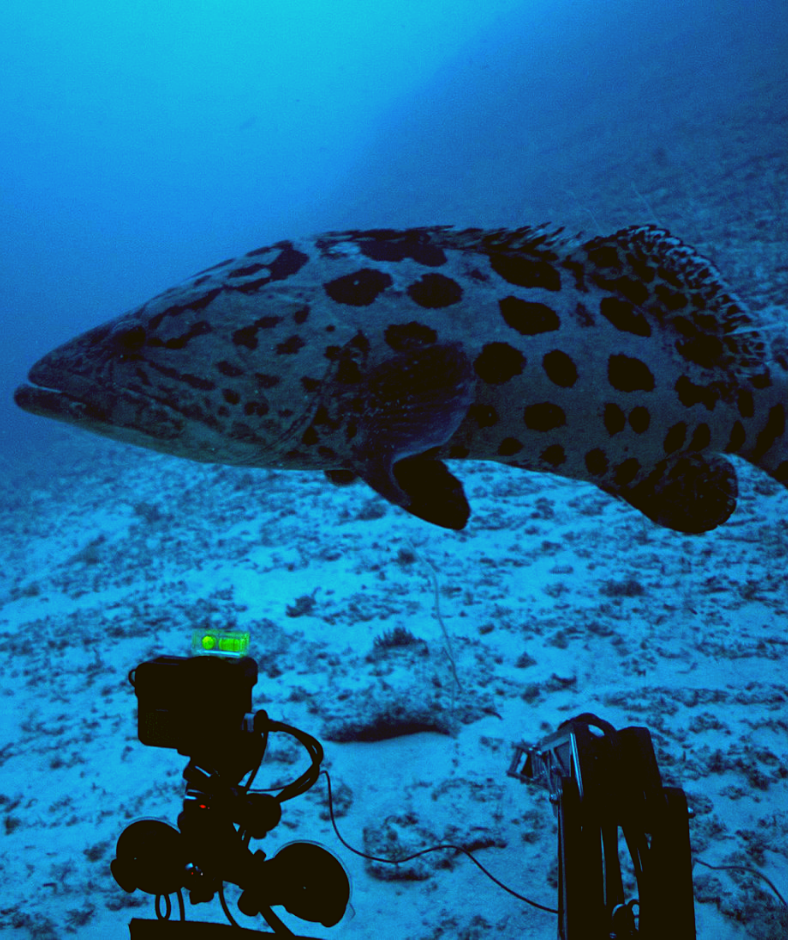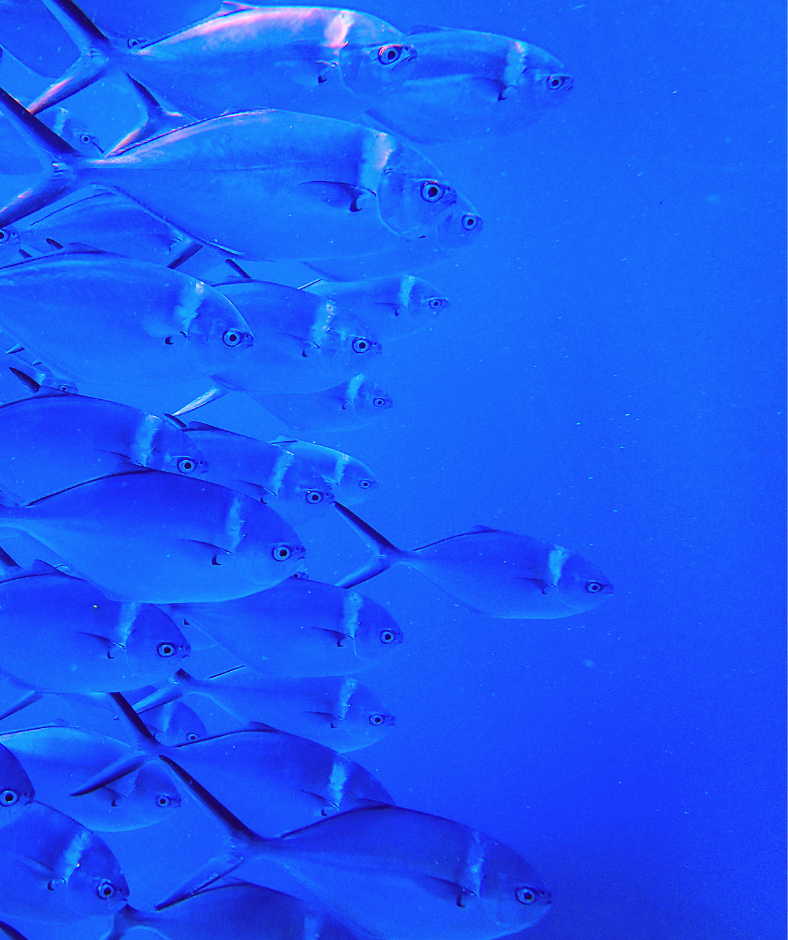SUPPORTING THE DEVELOPMENT & ENFORCEMENT
OF MARINE PROTECTED AREAS (MPAs)
Establishing and enforcing Marine Protected Areas (MPAs) give fish and underwater ecosystems space and time to re-establish themselves, grow, thrive, and repopulate the surrounding area.
“As
of 2003, 90% of the large predatory fish such as marlin, large cod,
large sharks, tuna, and swordfish have disappeared from the world’s
oceans.”
Source: WWF
“As
of 2003, 90% of the large predatory fish such as marlin, large cod,
large sharks, tuna, and swordfish have disappeared from the world’s
oceans.”
Source: WWF
“Only a tiny fraction (<4%) of the world’s
oceans carry any meaningful protections."
Source: WWF
What Project Baseline is Doing
Conducting collaborative missions in areas most in need of MPA designations aimed at advancing the work of research, conservation, and government entities to establish and enforce MPA’s.
Leveraging our volunteer divers and our database to contrast numbers of fish living in protected versus non-protected areas.
Showing the public how depleted of fish so many dive sites have become and how many fish they can support if protected.”
What You Can Do
Speak up! Advocate for and support Marine Protected Area designations in the regions closest to you.
Learn more about how your eating choices affect the sustainability of fish populations and make ocean-friendly choices when you eat seafood.





